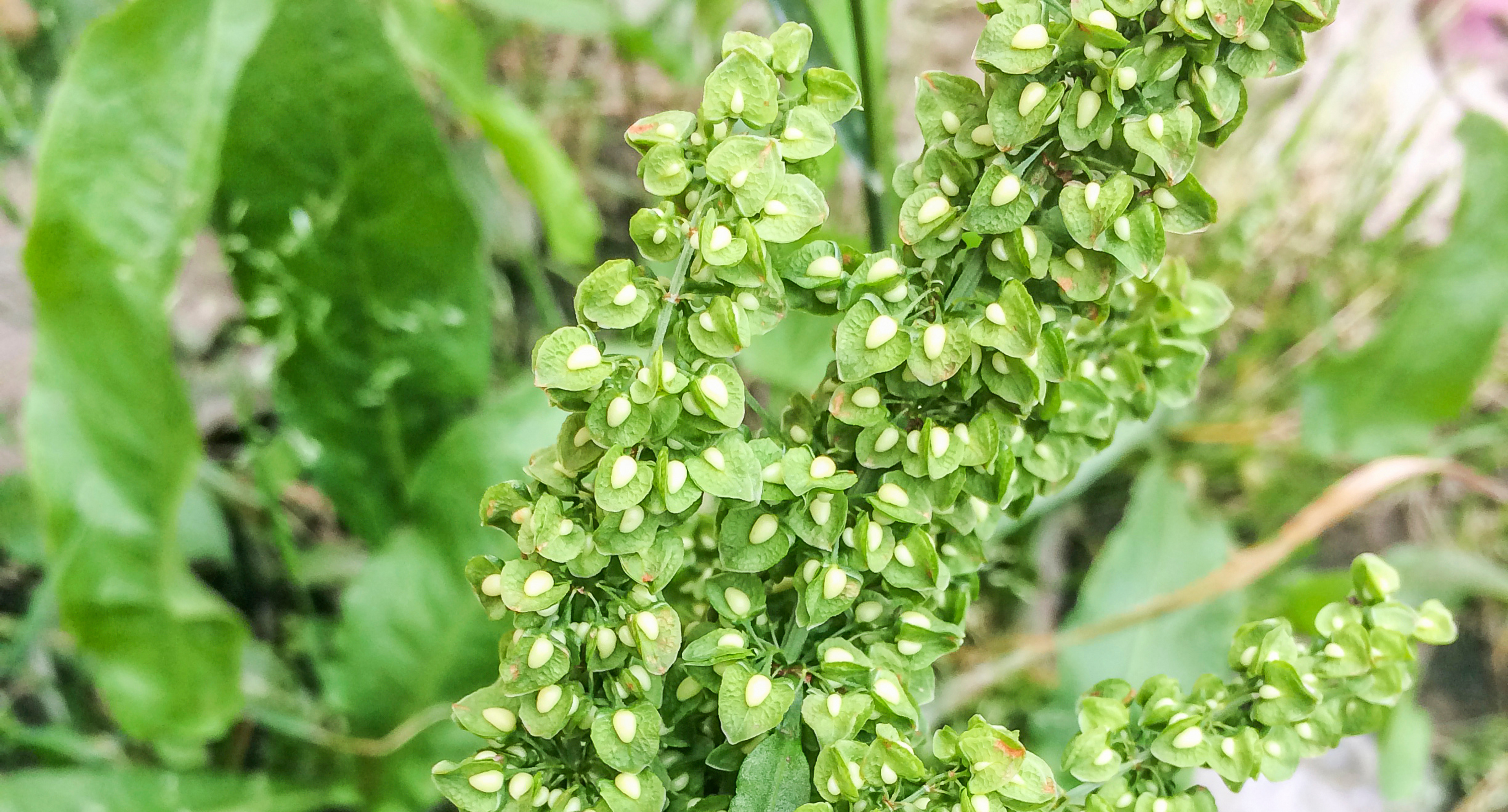
Yellow Dock
Scientific Name: Rumex crispus
Herbal Profile: Yellow Dock (Rumex crispus)
Common Names: Yellow Dock, Curly Dock, Sour Dock, Narrow Dock
Botanical Name: Rumex crispus
Family: Polygonaceae
Description:
- Appearance: Yellow Dock is a perennial herb with long, curly, lance-shaped leaves with wavy edges. The stems are reddish and can grow up to 1.5 meters tall. The root is yellowish-brown on the outside and bright yellow inside.
- Habitat: Found in Europe, North America, and parts of Asia, Yellow Dock prefers moist, disturbed soils and can be found in fields, along roadsides, and in waste areas.
Parts Used:
- Root (most commonly used)
- Leaves (occasionally used)
Active Constituents:
- Anthraquinones: Emodin and chrysophanol
- Tannins: Provide astringent properties
- Minerals: High in iron, calcium, magnesium, phosphorus, and potassium
- Vitamins: Rich in vitamin C and beta-carotene
Medicinal Uses:
- Digestive Health: Aids digestion and acts as a mild laxative.
- Liver and Gallbladder Support: Stimulates bile production, aiding liver detoxification.
- Skin Conditions: Used for treating eczema, psoriasis, and acne due to its blood-cleansing properties.
- Iron Deficiency: Improves iron absorption and helps treat anemia.
- Anti-inflammatory: Reduces inflammation and soothes irritations.
- Diuretic: Promotes urination, helping cleanse the kidneys and urinary tract.
Traditional Uses:
- Used by Native American tribes for constipation, liver complaints, and skin issues.
- In European herbal medicine, used to treat jaundice, rheumatism, and to purify the blood.
Preparations and Dosage:
- Teas: 1-2 teaspoons of dried root or leaves per cup of boiling water, steeped for 10-15 minutes.
- Tinctures: 1-2 ml, 2-3 times per day.
- Capsules/Tablets: Taken according to the manufacturer's instructions.
Precautions:
- Pregnancy and Breastfeeding: Use with caution and under healthcare professional guidance.
- Allergies: May cause allergic reactions; perform a patch test before topical use.
- Laxative Effect: Prolonged use can lead to dependency on laxatives and potential electrolyte imbalance.
Harvesting:
- The root is harvested in the fall when the plant's energy is concentrated in the root. Leaves can be harvested throughout the growing season.
Culinary Use:
- Young leaves can be eaten in salads or cooked like spinach but are high in oxalic acid, which can be harmful in large amounts.
Research and Studies:
- Studies have highlighted potential benefits in treating iron-deficiency anemia and antimicrobial properties against certain bacteria and fungi.
Yellow Dock is a versatile herb with a long history of medicinal use. Always consult with a healthcare professional before beginning any new treatment, especially if you have underlying health conditions or are taking other medications.
